Our future pioneers often ask us about the profitability of our turkney greenhouses. In particular, they want to learn more about their productivity.
Reading this article, you will understand how investing in an innovative greenhouse shall benefit you more than buying your vegetables from stores your life long.
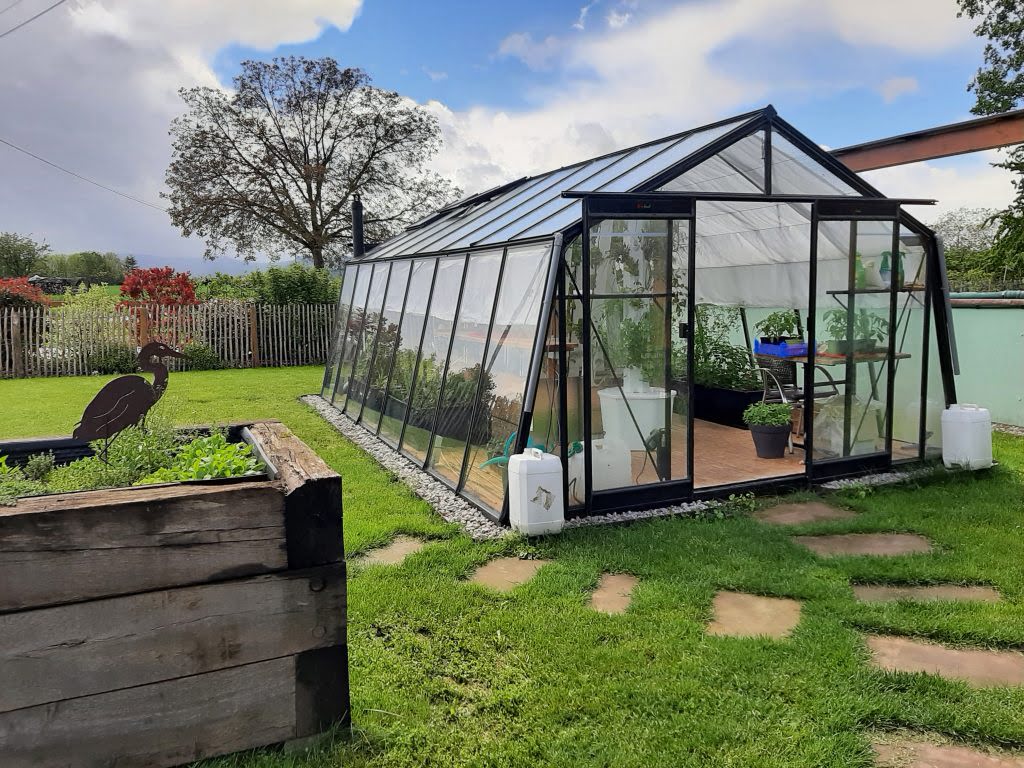
About the food consumer trends
Few people know it, but the recommended consumption of fresh fruit and vegetables is 400 grams per day. According to a recent study by the British government’s services, “eating 400g of fruit and vegetables a day can reduce risks of chronic diseases, such as heart disease, stroke, and some cancers”. This study however shows that around 40% of British citizens only eat this quantity of vegetables and fruit a day.
Why is that? A 2007 HSE report indicated that, of those participants who felt that they would benefit
from making changes to their diet, most common barriers were ‘I don’t have time’ (28% of
men and 29% of women), ‘It is hard to change my eating habits’ (29% of men and 28% of
women) followed by ‘It costs too much’ (22% of men and 21% of women).
The budget issue is indeed one of the first causes for the lack of vegetable consumption. It’s also an important criteria when buying food. However, recent studies have revealed that since 2015, the price of fruit and vegetables has increased by 5%, which inevitably turns off some consumers when purchasing.
When talking about consumption trends, we should also mention waste, which remains a major problem. In the United Kingdom, food waste represents nearly 4.5m tons of products each year per household. “This amounts to 700 dollars for an average family with children. Despite this progress – household food waste has fallen by 6%, from 7.1m tonnes to 6.6m tonnes over three years – the volume of food still wasted equates to 10bn edible meals”, the Guardian points out.
“The advantage of the greenhouse is that if I’m alone, I may harvest only a couple of salad leaves. The rest remains fresh in the greenhouse. There is much less waste this way.”
Yannick, Strasbourg, France
To remedy these budget and waste issues, would the solution be to invest in one’s own production tool?
The innovative greenhouse experiment
Myfood’s objective is to help citizens discover food autonomy through an innovative home growing solution. Its greenhouses satisfies the nutritional needs of the whole family while demanding only 1.5 hour of weekly work. Thus, it’s a solution to avoid spending too much time growing vegetables. And this, even for the newest garders, as the greenhouse comes with a whole set of agronomist pieces of advices.
A typical turkney greenhouse is made of different modules to produce in different ways : vertical growing towers over aquaponics tanks, permaculture beds and an aerospring module to cultivate in small spaces. Some versions also include spirulina production tanks or microgreens.
So, what’s in it for me? What will I grow?
We’ve broken down each module of the greenhouse so you can see how much each one produces.
“Last summer, we harvested so many vegetables that we had to redistribute some to our neighbors.”
Olivier, Villeurbanne, France
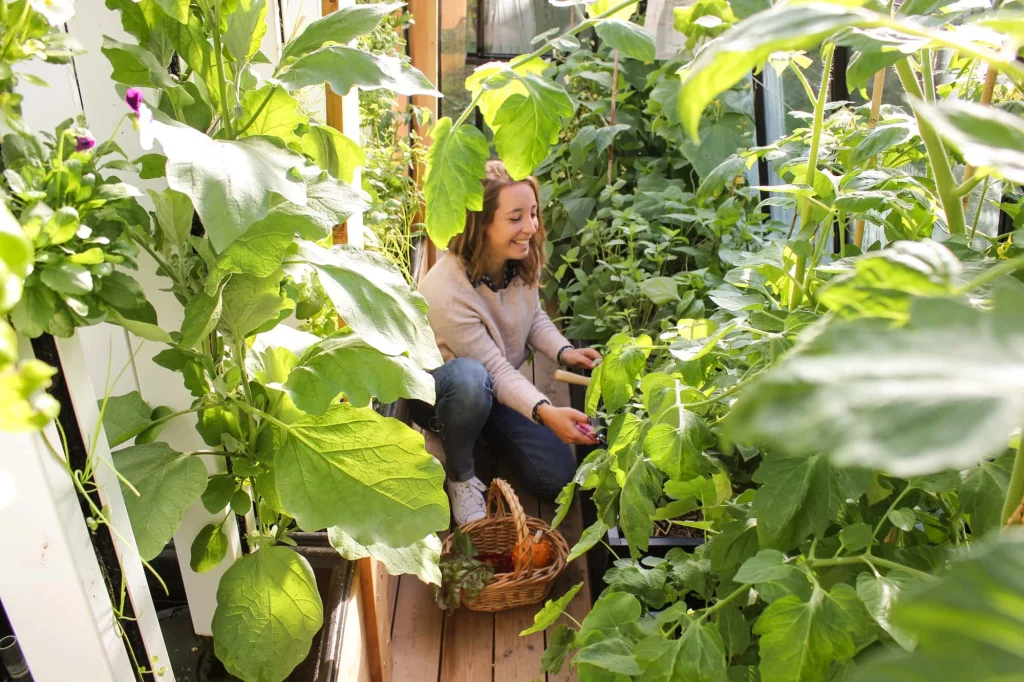
We made this experiment on a Family Production greenhouse of 22m2. It consists of five permaculture tanks, twenty-four growing towers and an Aerospring tower. Its value is 13000 USD(12 200€).

For an additional level of detail: in a vertical tower, we can plant and harvest 4 salads of ~350g every 3 months. That makes 4 salads x 4 harvests x 350g = 5,6kg of harvest per year per tower.
Thus, the approximate yearly production is about 360kg of fruits and vegetables each year. Obviously, this is a rough estimation. Many pioneers have already managed to produce more than 400kg of fruit and vegetables in their greenhouse yearly.
“I was surprised by the amount of the harvested vegetables, but also by all the canning I had to do. Even after cooking and saving most of my production, I was also able to provide my colleagues, family and neighbors with fresh vegetables.”
Valerie, Rodemack, France
All in all, a 22m2 Family greenhouse can produce nearly 400kg of fruits and vegetables a year. This covers 60 to 80% of the needs of a family of three to four people. The crops of our pioneers last all year long and even in winter.
“All winter long, we were 6 people in the house and we ate leafy greens every day”.
Clara, Dambach-la-Ville, France
A 6 to 7 years pay back
Greenhouses were designed to offer greens production alternatives to gardeners.
Let’s continue with our reference, the Family22 Production greenhouse. This greenhouse costs 13000 USD (12 200€). As mentioned earlier, it provides 400 kg of vegetables per year.
Today, 1kg of organic vegetables costs on average 4,62€. In one year with the greenhouse, your harvests should have a value of 1 848€. Thus, the cost of the greenhouse would be paid back in about 6 to 7 years.
To this budget, you have to add the consumables (seedlings, plants, electricity, water…), which are variable according to the profile and the needs of the customer.
This budget has been estimated at 350€ per year on average (knowing that this cost is much lower for our Pioneers who choose to do their own sowing).
How to pay back a greenhouse even faster?
It is possible to add modules to accelerate your return on investment.
The spirulina module
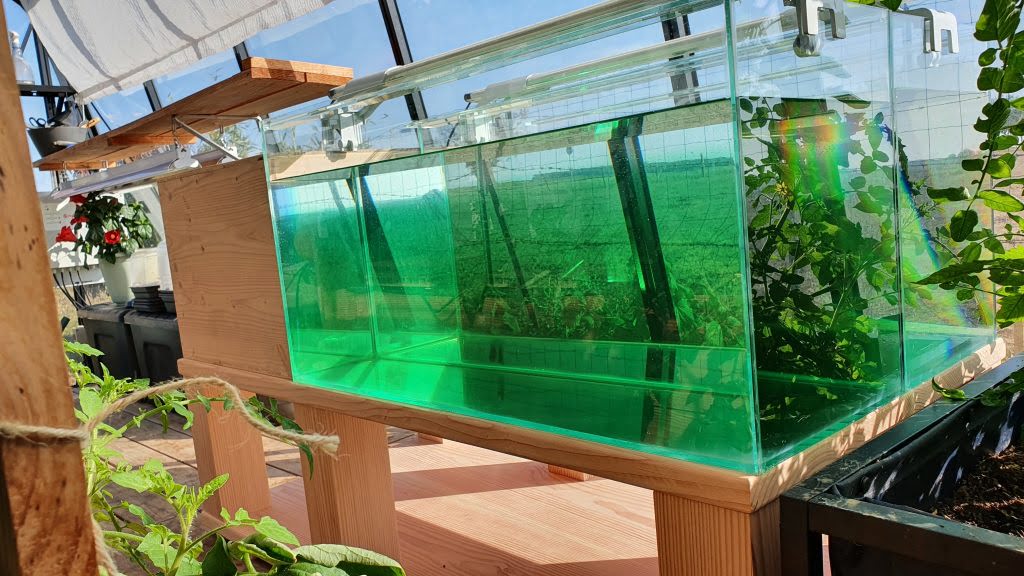
This module, at a price of 1800€, allows to produce 6kgs of spirulina per year. A kilogram of spirulina costs between 120 and 150€ in the shops, but most of the time, this micro-algae comes from China and is often contaminated by heavy metals. This being said, when it’s cultivated in a healthy manner, it contains a lot of very useful nutriments for our body; which makes it one of the super aliments we should eat weekly.
The math can be quickly done: 6kg x 135€ x 3 years = 2 430€.
Thus, in less than 3 years, the spirulina module that you integrate in the greenhouse is profitable and you can benefit from its ultra-fresh proteins and antioxidants.
The microgreens module
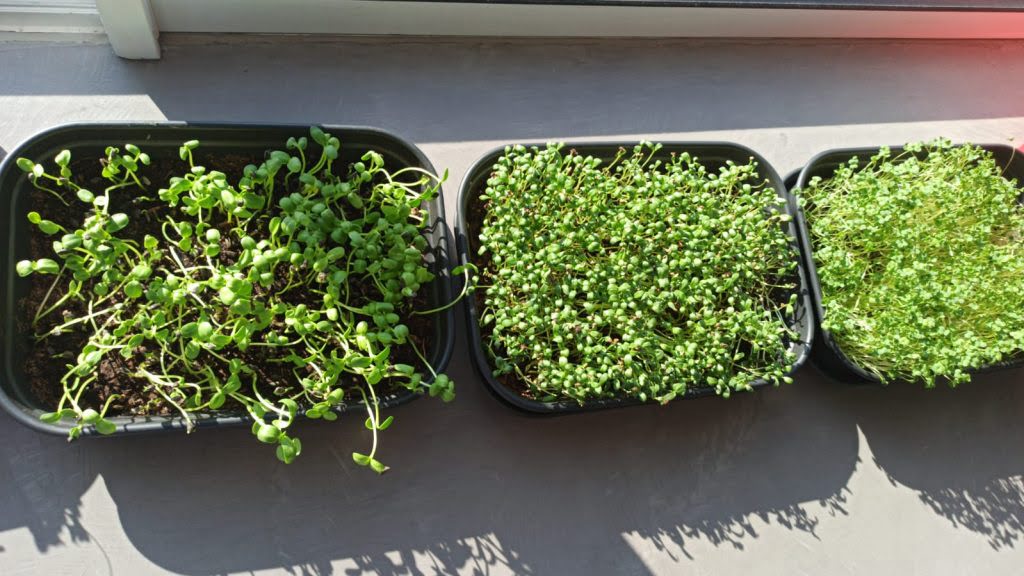
This module at the price of 120€ allows you to produce your own microgreens and thus to avoid buying them at costly prices in stores. Indeed, a kilogram of microgreens costs nowadays an average of 60€.
Based on a harvest of 15kg of microgreens per year, the module pays back from the first year on, even counting the price of the seeds.
(As a reminder, a module allows in 3 months to produce 3,75kg of micro-shoots x 60€ = 225€ vs. 120€ of purchase cost. After that, you just have to buy some seeds and some soil).
Thus, counting these module, the return on investment of the greenhouse is faster as they are high value added products.
Continuous improvements in productivity
Myfood’s in-house teams are made up of agricultural engineers who seek to improve each customers’ experience with their greenhouse on a day-to-day basis. For instance, since 2015, many improvements have been made to the greenhouse with the goal of increasing its’ sustainability and performance.
In 2020, we improved the water savings in case of hot climate. We added shade cloths, boards and covers to limit water evaporation and achieve 90% water savings compared to conventional vegetable gardens. Some of the greenhouse’s spaces between the towers were also transformed into additional production areas, by installent microfoam containers on them.
On the other hand, we improved the lighting of the permaculture beds: neon lights were originally used to illuminate these tanks; LED kits have now been integrated. They light the crops automatically according to the luminosity but also to the temperature.
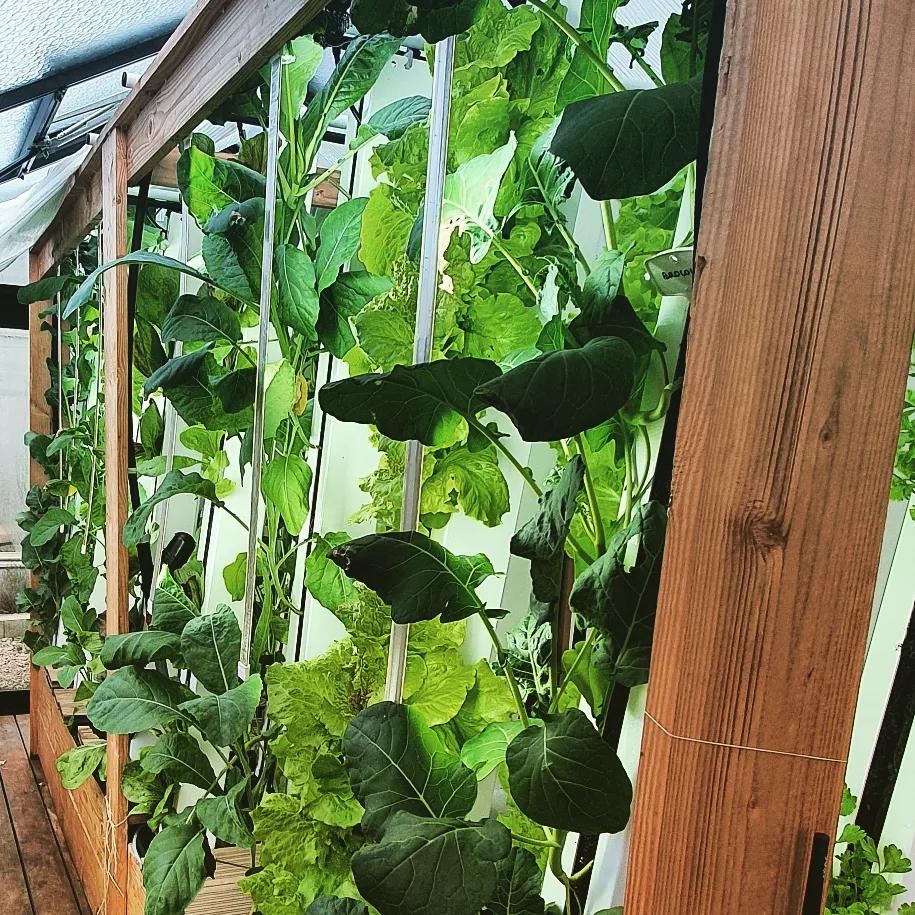
Finally, myfood has created an offer of seedlings for all the pioneers who would not have the time to grow theirs at home. They can be sent in 48 hours after an order. This system allows pioneers to save time and increase their personal yield by replanting faster. Thanks to those seedlings, they even harvest a few weeks in advance!
A production greenhouse is a real life-quality-investment. As soon as it produces, it allows you to save money and above all to avoid depending on conventional production systems. You harvest fresh and healthy vegetables all year long, with no pesticides whatsoever, at home.
Thus, adopting a connected greenhouse means becoming the owner of your production tool, investing in your well-being and in a healthy diet.
So, what do you think? Let us know if you’d like to be part of the myfood adventure.
